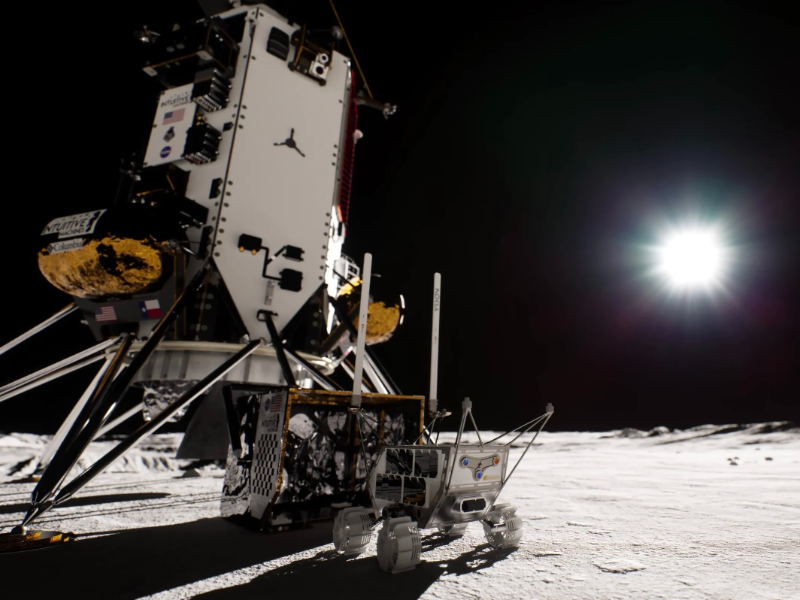- Viasat to lead Moonlight’s end-to-end lunar communications network
- ESA’s Moonlight Initiative targets full lunar connectivity by 2030
What happened: Viasat to spearhead lunar comms system in ESA’s Moonlight Initiative
Satellite communications company Viasat has officially joined the European Space Agency’s (ESA) ambitious Moonlight Initiative, taking on the role of ‘end-to-end communications lead’. The announcement, made this week, confirms Viasat’s responsibility for designing and deploying the satellite network that will orbit the Moon to provide continuous communication services.
Launched in 2021, the Moonlight Initiative seeks to create a permanent satellite infrastructure between Earth and the Moon. The project envisions a “data highway” in space — supporting high-capacity communications for lunar missions, as well as navigation systems to aid both crewed and robotic operations. Viasat’s involvement marks a critical step toward making the Moon a more connected and operationally viable destination for scientific, commercial, and exploratory missions.
Under the new contract, Viasat will lead the development of key technologies, including lunar orbiting satellites, Earth-based ground infrastructure, and surface user terminals. The company joins a growing consortium led by Telespazio, which received a €123 million ESA contract in 2023 to manage the implementation phase.
Phase 1 of the project is entirely funded by the ESA, with operational rollout targeted by 2028 and full service capabilities expected by 2030. The Moonlight network aims to support a variety of future space endeavours, from mining and habitat support to tourism and navigation, by offering reliable communication and data relay services.
ESA’s Director of Connectivity, Laurent Jaffart, highlighted Moonlight’s transformative potential: “This interoperable infrastructure will significantly enhance mission capabilities while reducing complexity and cost.” The integration of Viasat’s expertise strengthens the consortium’s capabilities in building an interoperable, scalable, and secure communication system for future lunar exploration.
Also read: NASA offers $45,000 prize for lunar astronaut rescue ideas
Also read: Nokia brings 4G to the Moon for South Pole mission
Why it’s important
The Moonlight Initiative represents a pivotal shift in the infrastructure of space exploration. By building a continuous communication and navigation network around the Moon, ESA and its partners aim to reduce technical complexity in future missions. Currently, lunar missions require bespoke, one-time communication systems. With Moonlight, standardised and interoperable infrastructure will allow different spacecraft and space agencies to access reliable services, similar to the way Earth-based networks operate.
Viasat’s role in the project introduces proven commercial satellite capabilities into the governmental space sector. The collaboration reflects ESA’s strategy to draw on industrial partnerships to accelerate innovation and deployment timelines. Moreover, the infrastructure Viasat will help to build will also serve as a foundation for autonomous operations and advanced data analytics on the Moon’s surface.
The project is set to enable not only scientific exploration but also commercial ventures such as lunar mining, autonomous rovers, and even future lunar settlements. The availability of real-time data relay and positioning services will allow these activities to become more sustainable and economically viable. Additionally, Moonlight could become a blueprint for similar systems on Mars or other celestial bodies in the future.

